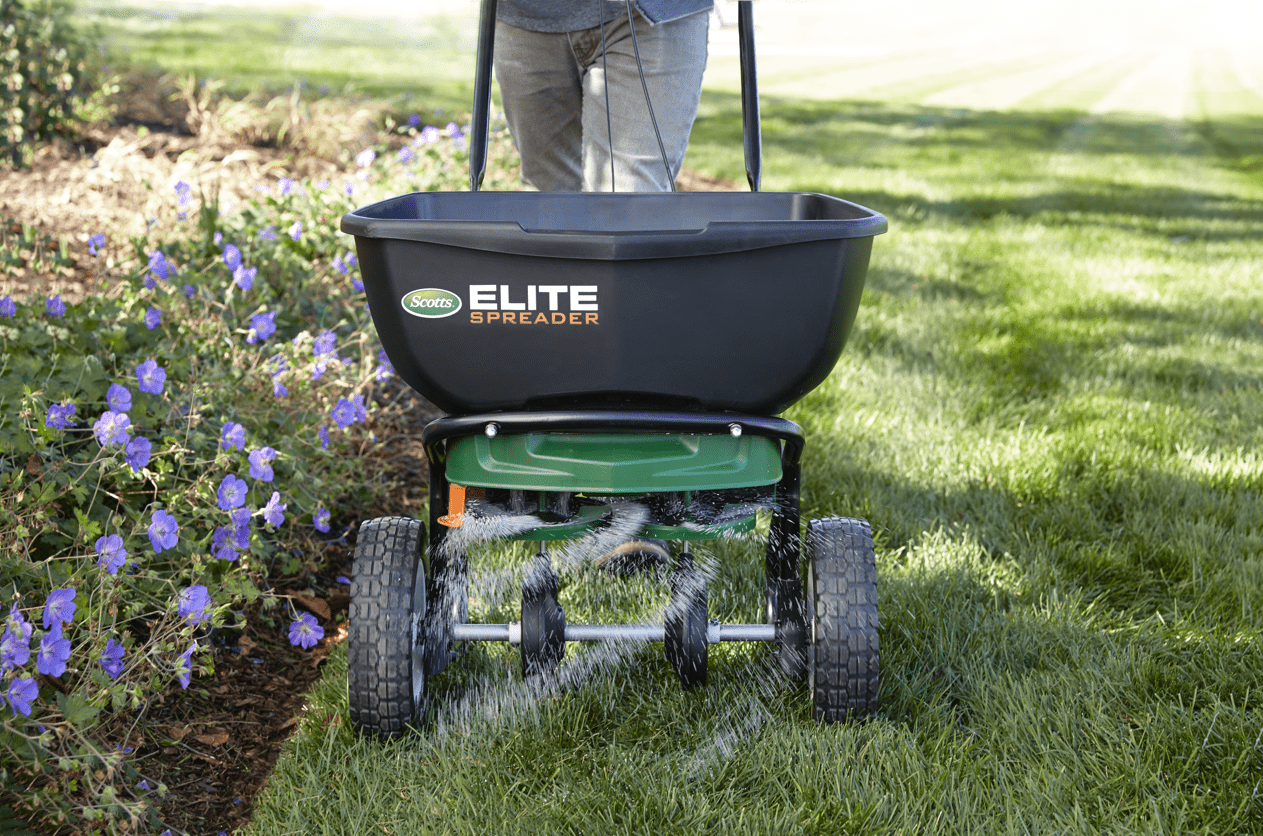After several attempts to invent fertilizer spreaders, the first successful automated spreader was invented and designed by Joseph Kemp in 1875. A fertilizer spreader is a piece of agricultural equipment farmers use to apply even, aerated coats of fertilizer to lawns, beds and fields. They come in form of a tractor attachment device and are readily available through agricultural suppliers and gardening stores. Most of the fertilizer spreaders operate with a gravity feeding mechanism. Fertilizer spreaders work best when it is well maintained. When not in use, the machine should be covered so that rain and sun don’t damage the parts.
Advantages of Fertilizer Spreader
- It operates without the need for manual labour:Most farmers across the globe are switching to machines, because of the efficiency that they provide. There has been a drastic decrease in the amount of manual labour that farmers use, and because of our uncertain climate and drought conditions, if things aren’t done quickly, production is not guaranteed. Fertiliser spreaders allow for farming without dependency on manual labour, while still yielding high production rates.
- Increases focus on accuracy: Farmers who do not use automatic spread fertilisers will continue to face issues such as poor crop performance due to uneven spreading. So, to achieve better yield without harming the soil, fertilizer spreaders are essential.
- It improved production yield: There are various factors behind the high demand for improved yields, causing farmers to regularly make use of fertilisers. If used correctly, not only do fertilisers help increase production, but they also do not have adverse effects on soil health. Manual spraying affects the distribution of fertilizer, which then leads to unstable production throughout the year. To solve this, farmers must switch to fertilizer spreaders.


Comments are closed.